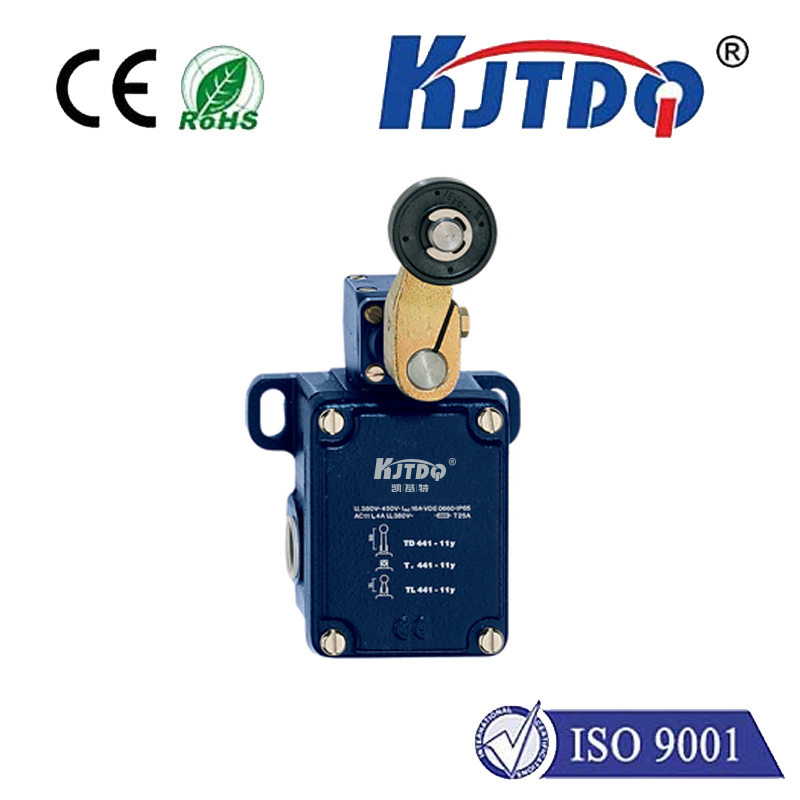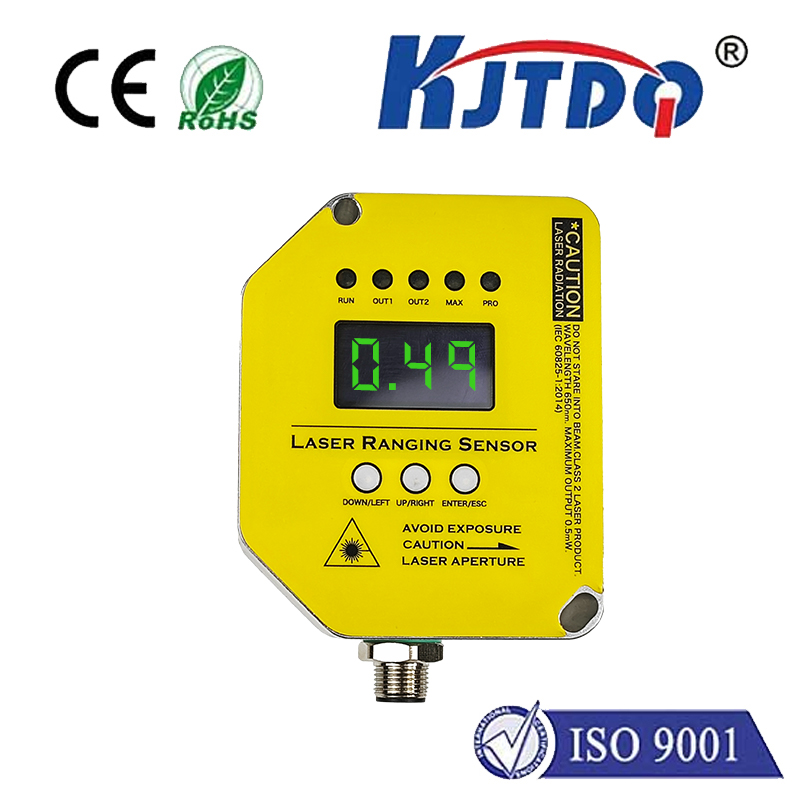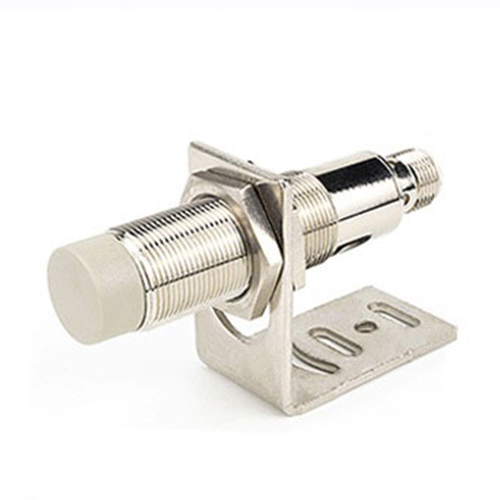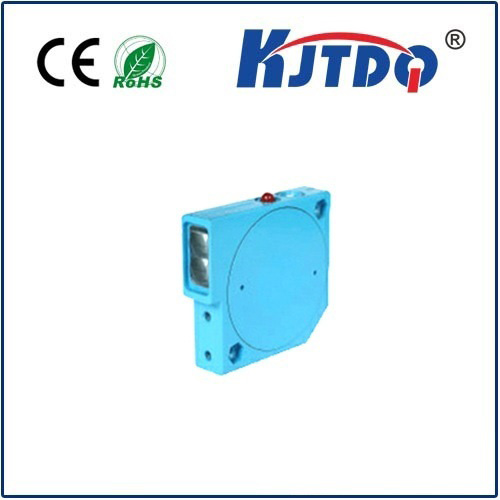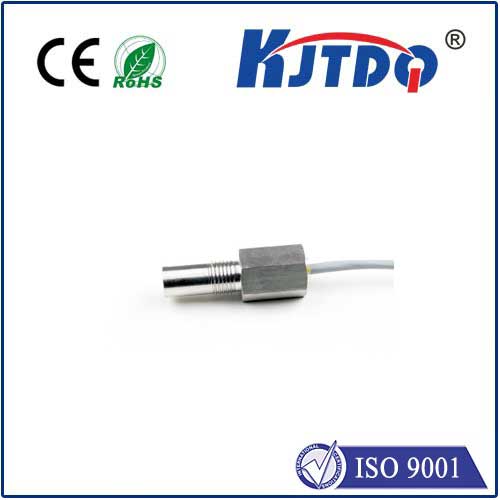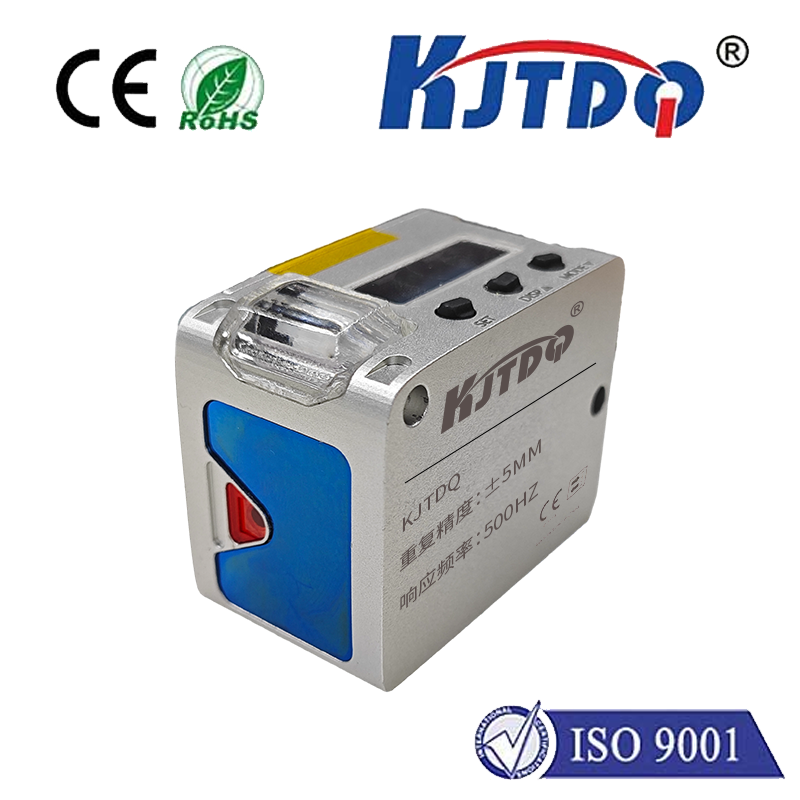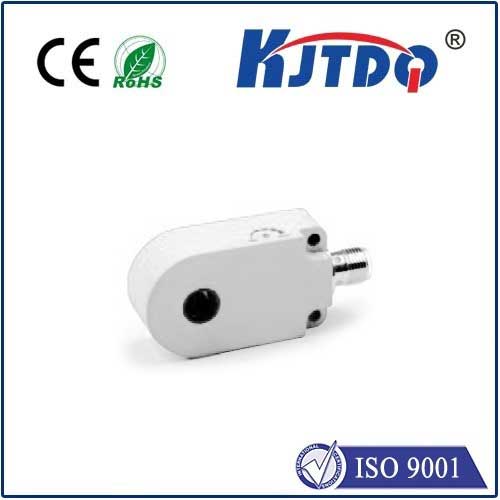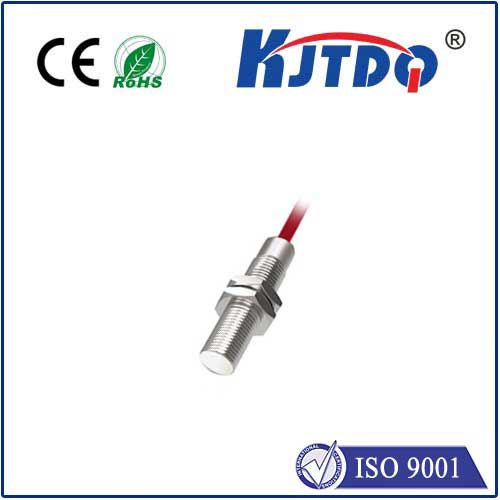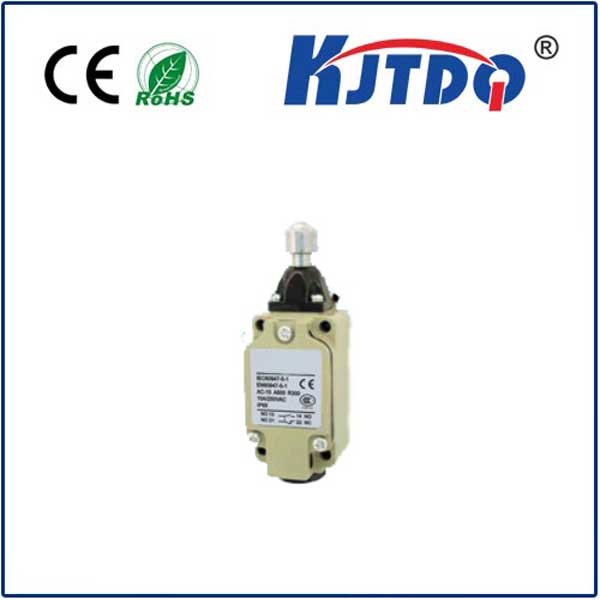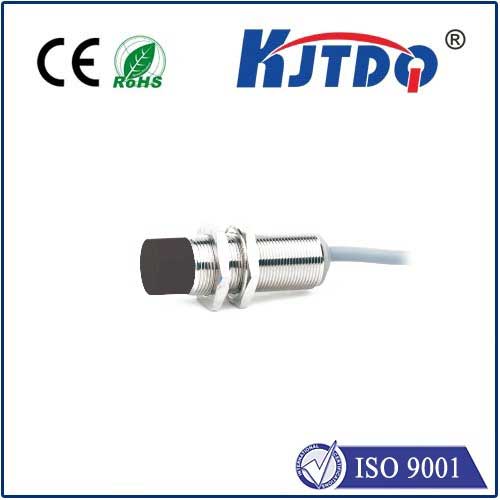submersible limit switch
- time:2025-07-30 15:16:55
- Click:0
Submersible Limit Switches: The Unsung Heroes of Underwater Control Systems
We rarely see them, often taking their function for granted, but deep within the challenging environments of water-filled tanks, reservoirs, or the open ocean, submersible limit switches perform critical tasks silently and reliably. These specialized sensors are the backbone of countless automation and safety systems operating beneath the surface, ensuring machinery stops at the right point, levels are maintained, and processes run safely. Understanding their role, design, and selection criteria is paramount for engineers and technicians designing systems destined for wet or submerged operations.
What Exactly is a Submersible Limit Switch?
At its core, a limit switch is a sensor that detects the presence or absence, position, or end-of-travel of an object. It typically consists of an actuator (like a lever, roller, or plunger) mechanically linked to a set of electrical contacts. When the actuator is moved by the target object, it changes the state of the contacts (open to closed or vice-versa), sending a signal to a control system.
A submersible limit switch takes this fundamental principle and engineers it to thrive in environments where exposure to water – often under significant pressure – is constant. The defining characteristic is its robust waterproof housing and sealing, designed to prevent ingress of water, moisture, dust, and other contaminants that would compromise its electrical components or cause failure. They are built to withstand immersion, high-pressure jets, or continuous submersion at specified depths.
Key Features and Design Imperatives

The demanding nature of submerged applications dictates several critical design features:
- Ingress Protection (IP Rating) & Depth Rating: This is non-negotiable. Submersible limit switches boast high IP ratings, typically IP67 (protected against temporary immersion) or IP68/IP69K (protected against continuous immersion and/or high-pressure, high-temperature water jets). Crucially, manufacturers specify a maximum submersion depth, which must be carefully matched to the application’s operating depth to prevent housing collapse or seal failure.
- Robust Construction: Housings are typically made from corrosion-resistant materials like high-grade stainless steel (304, 316), brass, or specialized engineering plastics. Internal seals (O-rings, gaskets) are vital and made from materials resistant to water, pressure, and potentially chemicals or temperature extremes.
- Sealed Electrical Connections: The point where cables enter the switch housing (cable glands) must be meticulously sealed. Often, connectors are specifically designed for submersion or utilize potted (epoxy-filled) terminations.
- Reliable Actuation: The actuator mechanism (lever, plunger, etc.) must function reliably despite potential fouling by silt, algae, or other debris common in aquatic environments. Self-cleaning designs or materials resistant to biofouling are advantageous.
- Electrical Specifications: Like any limit switch, they come in various contact configurations (SPST, SPDT, etc.), voltage, and current ratings suitable for the control circuits they interface with. Environmental protection doesn’t negate standard electrical compatibility needs.
Where Submersible Limit Switches Make a Splash: Applications
Their ability to operate reliably underwater makes them indispensable in numerous sectors:
- Water & Wastewater Treatment: Controlling pump start/stop levels in wet wells, sumps, and tanks; indicating gate/dam position; detecting screen rake travel in grit chambers or bar screens.
- Marine & Offshore: Monitoring anchor chain deployment/retrieval; controlling deck machinery; signaling hatch or door positions; sensing winch limits on vessels or offshore platforms.
- Aquaculture: Automating feeding systems; indicating water level in tanks and raceways; controlling gate positions in fish ladders or pen systems.
- Industrial Processing: Controlling liquid level in submerged tanks or vats; indicating the position of submerged valves or actuators; providing end-of-travel feedback on machinery operating in washdown or wet areas (e.g., food processing).
- Hydroelectric Power: Monitoring gate positions on dams and penstocks; indicating trash rack positions.
Selecting the Right Submersible Limit Switch: Key Considerations
Choosing the optimal switch requires careful evaluation of the application:
- Immersion Depth & Pressure: This is paramount. Select a switch rated for the maximum operating depth and pressure, including any potential surges or dynamic loads. Exceeding the depth rating risks catastrophic failure.
- Fluid Compatibility: What liquid is it submerged in? Freshwater, saltwater, treated wastewater, chemical solutions? The housing material and seals must be compatible to resist corrosion, degradation, or swelling.
- Operating Environment: Consider temperature extremes, potential for impact, abrasion (silt, sand), UV exposure (if partially above water), and the presence of debris or biological growth. Materials and actuator design must cope.
- Actuation Method: How will the switch be triggered? Plunger for direct push? Lever arm for sweeping motion? Roller lever for moving machinery? Float-operated? Match the actuator to the motion of the target object.
- Electrical Requirements: Voltage, current, contact type (NO/NC), and number of poles needed to interface with the control system. Consider cable length and required termination type (flying leads, connector).
- Certifications: Are specific industry certifications required (e.g., UL, CSA, ATEX for hazardous areas, marine certifications)?
Installation and Maintenance: Ensuring Long-Term Reliability
Even the most robust switch can fail if improperly installed or neglected. Crucial practices include:
- Secure Mounting: Ensure the switch is firmly mounted to withstand vibration, water currents, or accidental impacts. Mounting orientation should facilitate proper actuator function and allow trapped air to escape from the housing.
- Cable Management: Route cables carefully to avoid stress at the entry point (cable gland). Secure cables to prevent snagging or damage. Use appropriate submersible cable or protect the cable run.
- Seal Integrity: Never compromise the seals. Ensure cable glands are properly tightened according to specification. Regularly inspect seals and O-rings for damage, wear, or degradation, replacing them proactively as part of a maintenance schedule.
- Debris Management: In environments prone to silt or biological growth, periodic inspection and cleaning of the actuator mechanism may be necessary to prevent fouling and ensure reliable operation.
Conclusion
Submersible limit switches are far more than just waterproof versions of their dry-land counterparts. They are precision-engineered components built to survive and perform flawlessly in some of the harshest conditions on Earth – submerged environments. From ensuring our wastewater is processed efficiently to enabling safe offshore operations and supporting sustainable aquaculture, these resilient sensors provide the critical control and feedback needed beneath the surface. By understanding their design principles, diverse applications, and the critical factors involved in selection and maintenance, engineers can leverage these unsung heroes to build robust, reliable, and safe underwater automation systems. Choosing and caring for the right submersible limit switch isn’t just engineering; it’s an investment in submerged operational integrity.






